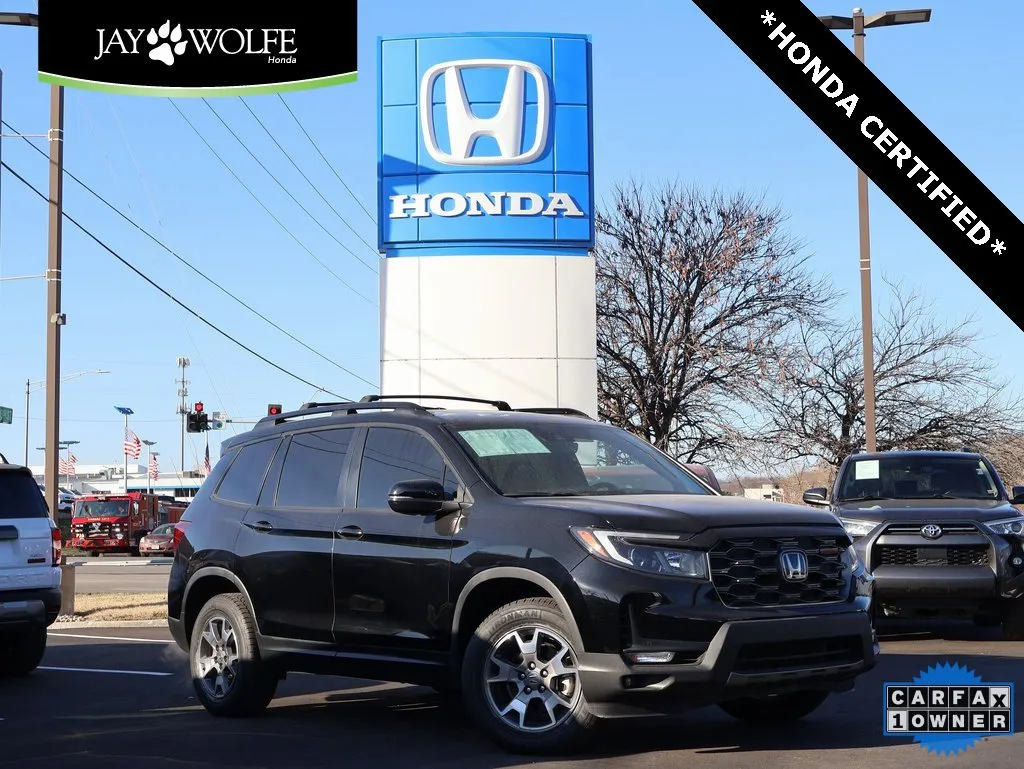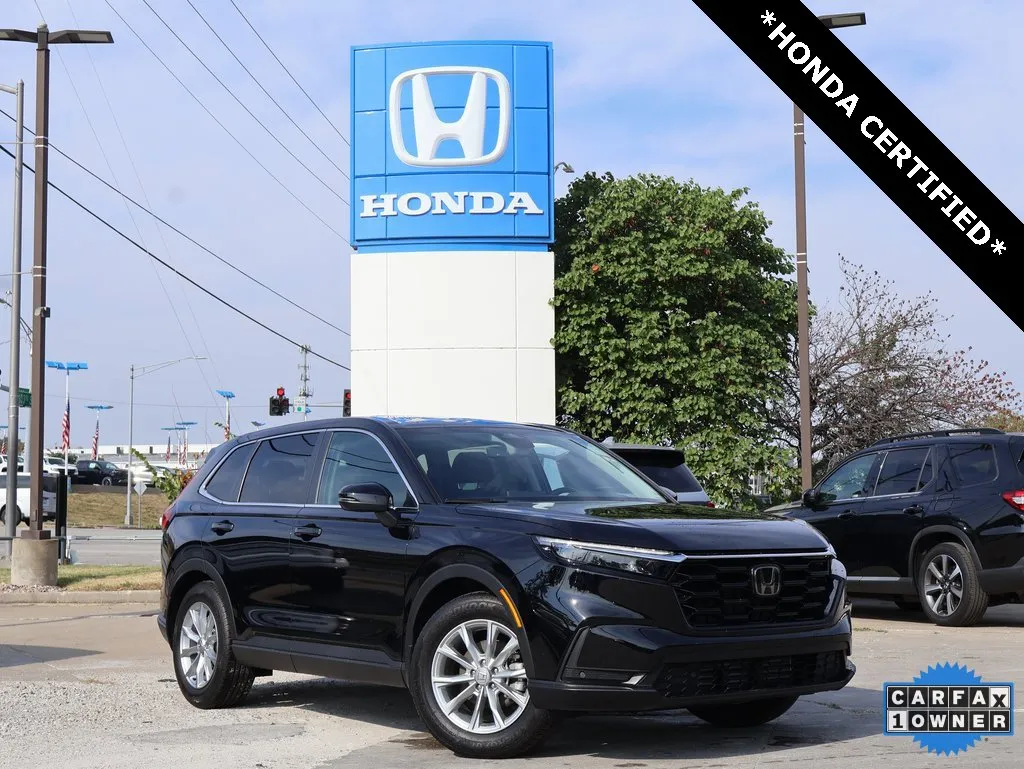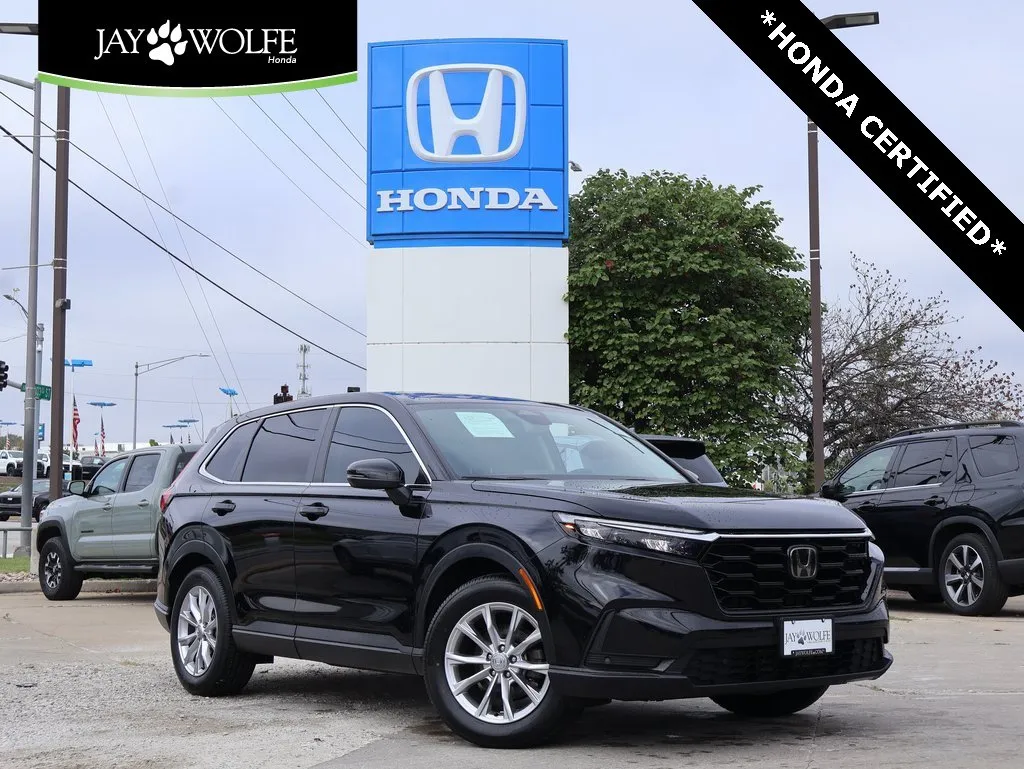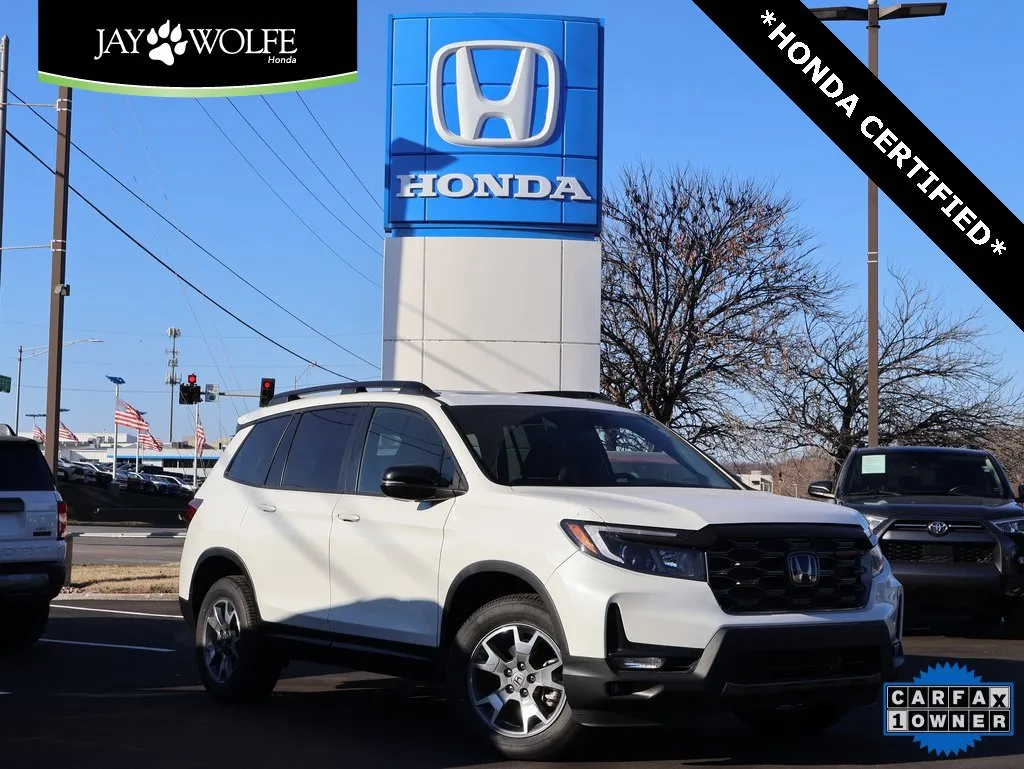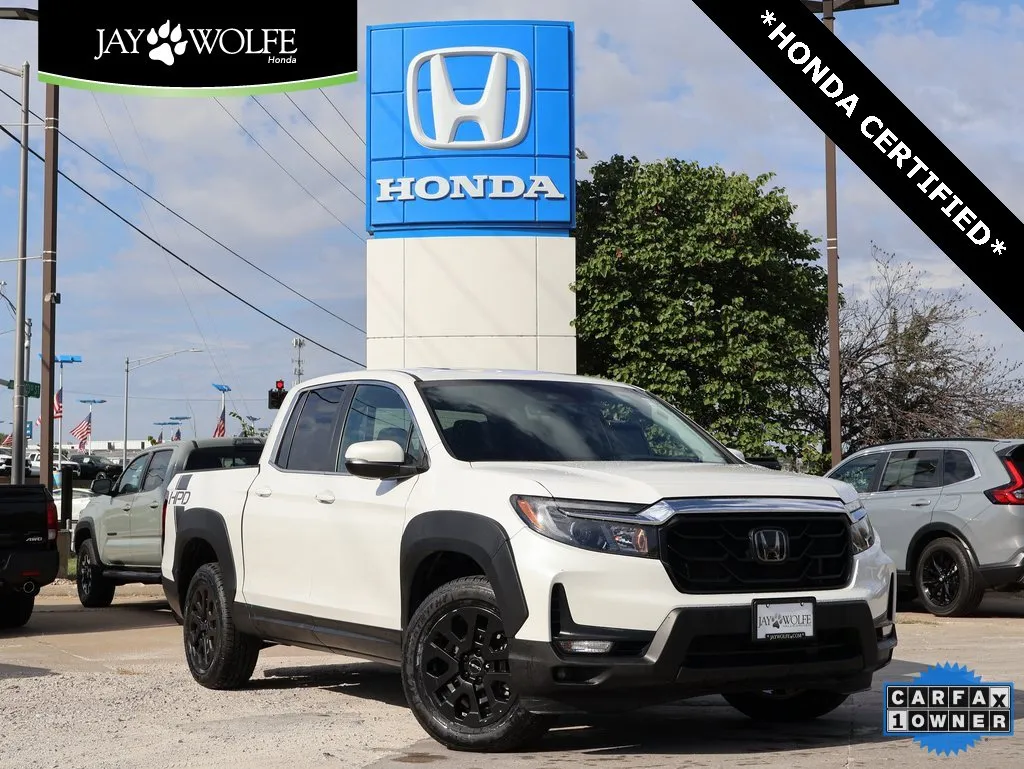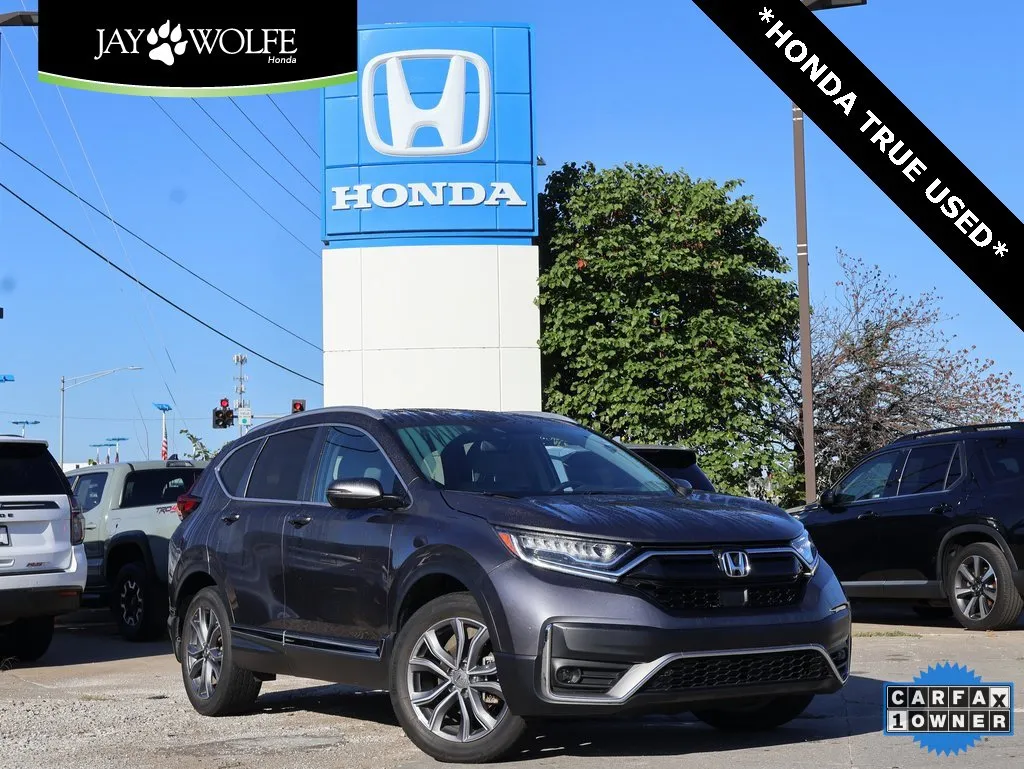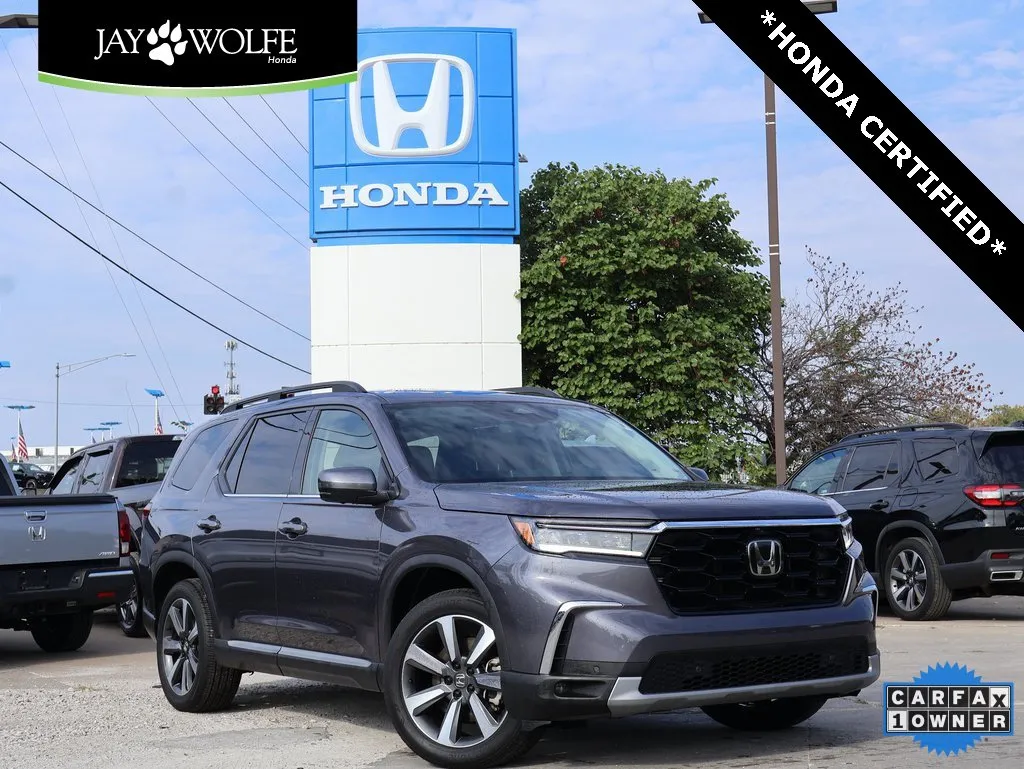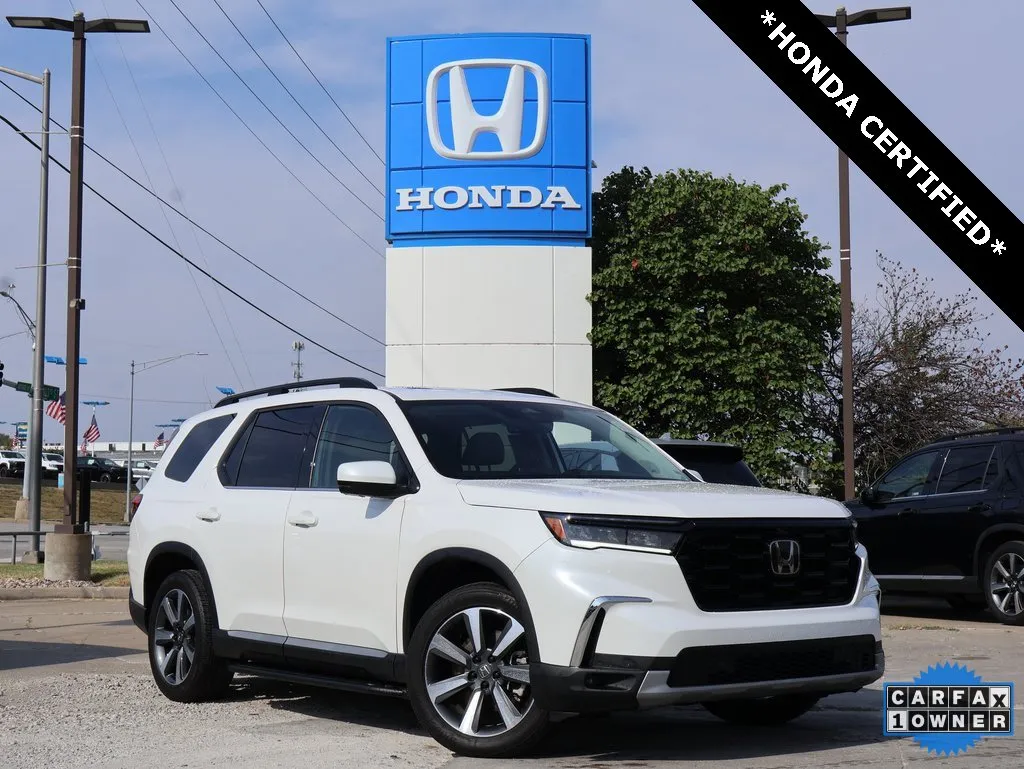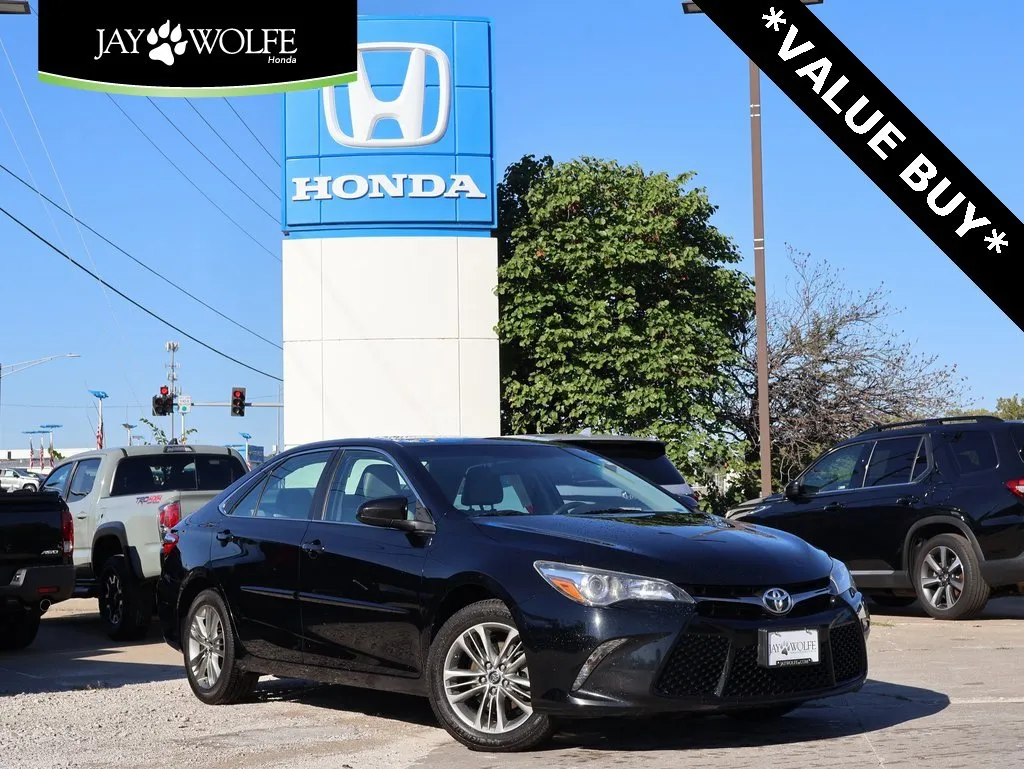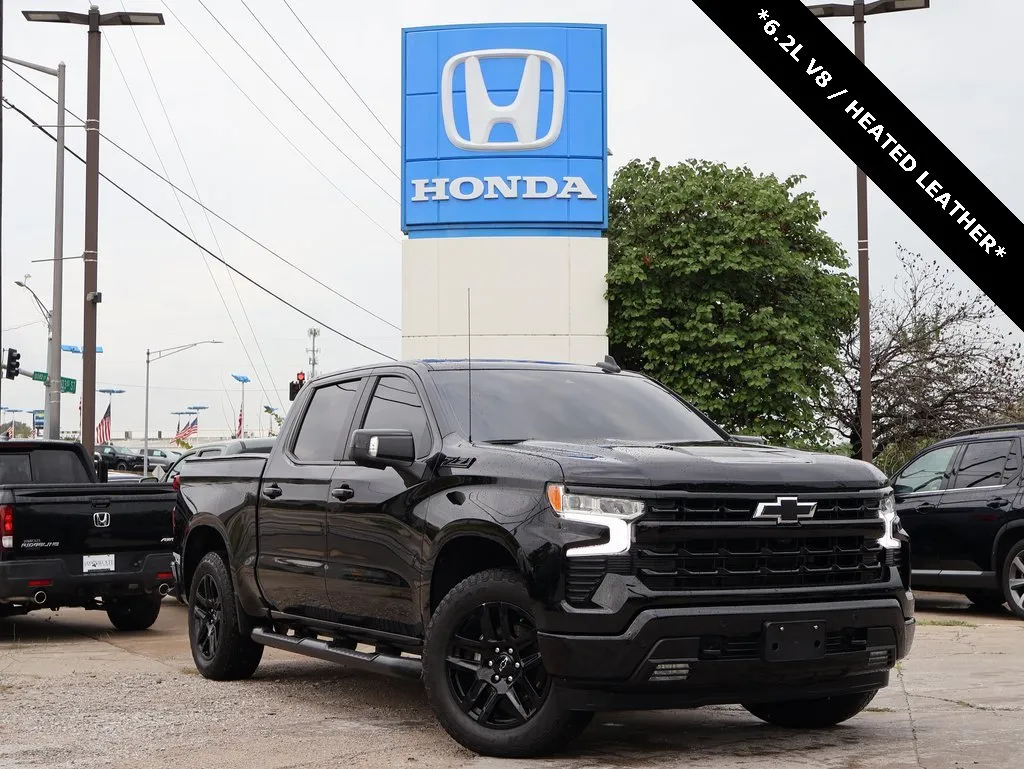Is It Safe to Use Cruise Control in the Winter?
Table of Contents
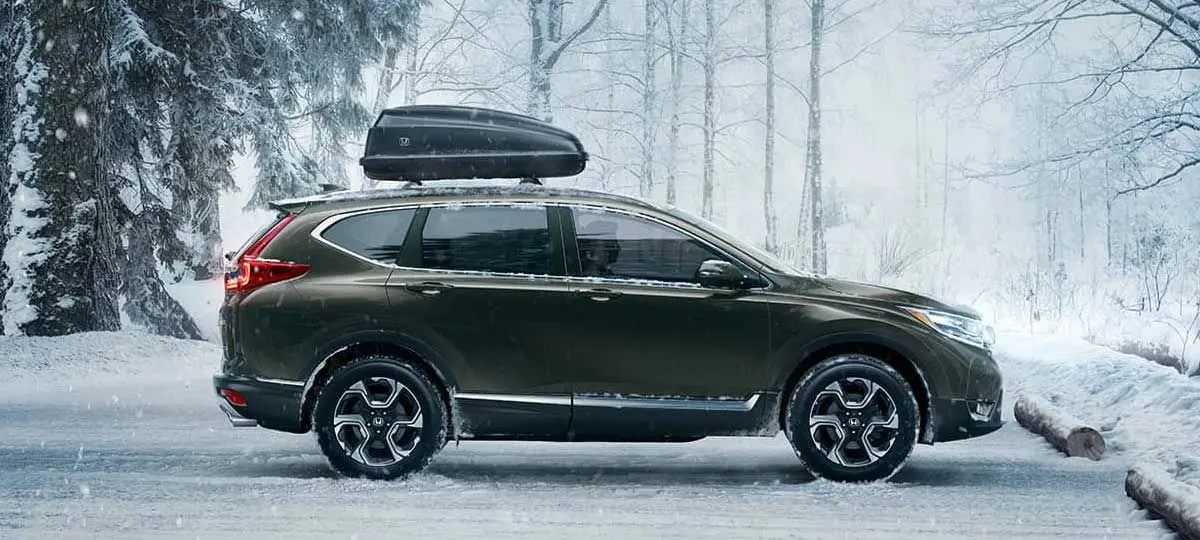
When you’re buying a car in today’s automotive market, most vehicles are equipped with cruise control. It’s true for Honda also. Cruise control is a fantastic feature that serves multiple functions: to keep your speed constant as you drive, to reduce fuel consumption by maintaining a consistent throttle position, and to prevent driver fatigue. Cruise control is an assist feature, and not primarily a safety feature. It depends on the driver’s input and careful watch to operate best. In the winter, or when the roads aren’t in their ideal condition, you might want to think twice before setting the cruise. Here’s why.
Cruise Control May Cause Excessive Wheel Spin
The roads are icy, snowy, wet, or covered in a loose surface like gravel. Setting your cruise can cause the same reaction as pressing harder on the accelerator pedal: wheel spin. If your wheels spin while the cruise control is set, you might be in trouble. It takes a moment for traction control or ABS brakes to kick in, and that’s all it may take to leave the roadway. Here’s the best idea when deciding if you should set your cruise control or not:
- Ask yourself if it’s safe to travel the speed limit. If you don’t think the road conditions support traveling at the speed limit, you’re best choice is NOT to use cruise.
- Is there limited visibility? If it’s foggy, snowing, or raining and your range of visibility has been significantly reduced, play it safe. Don’t set your cruise control.
- Is traffic moving smoothly? If traffic is flowing freely, go ahead and set the cruise control. If it’s stop-and-go, or there’s heavy traffic around you, perhaps it’s best if you don’t set it right now.


